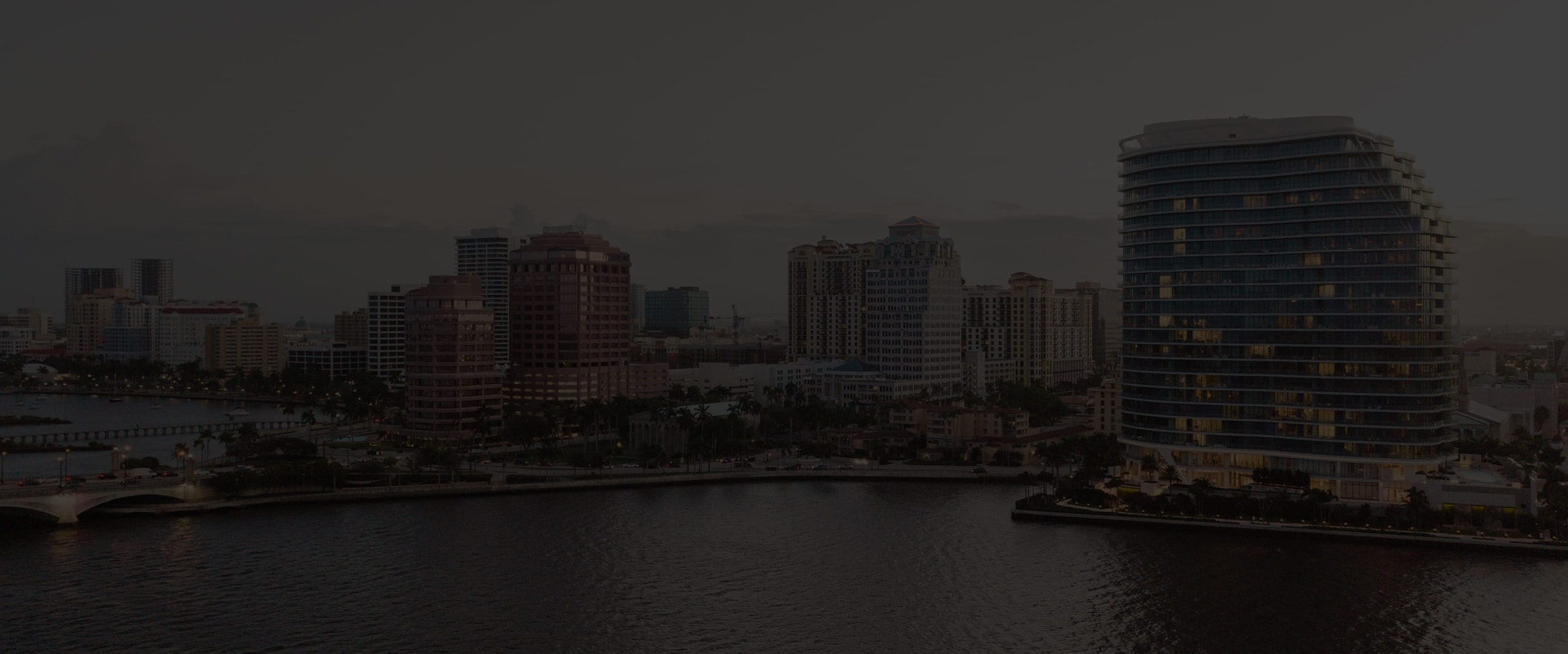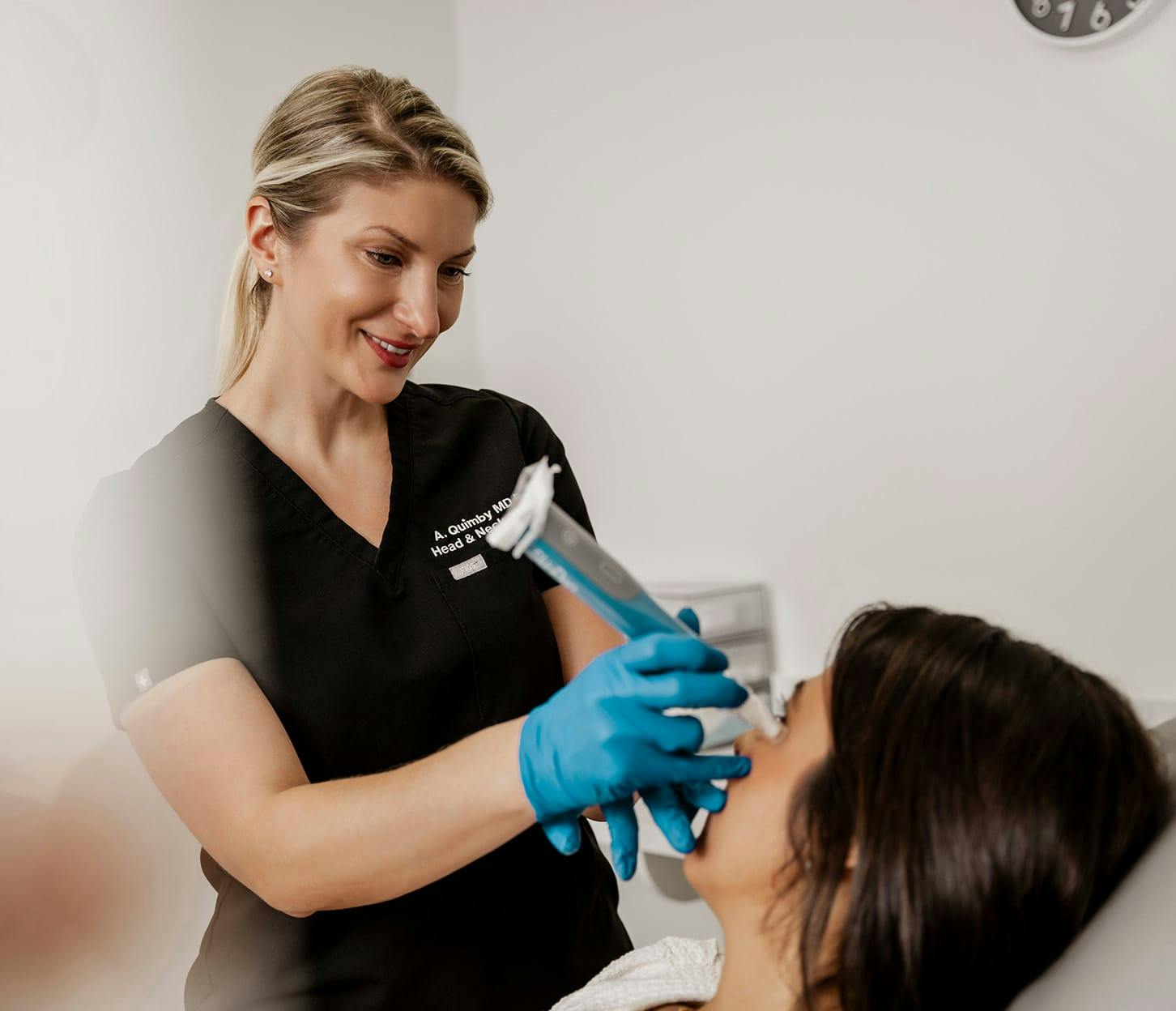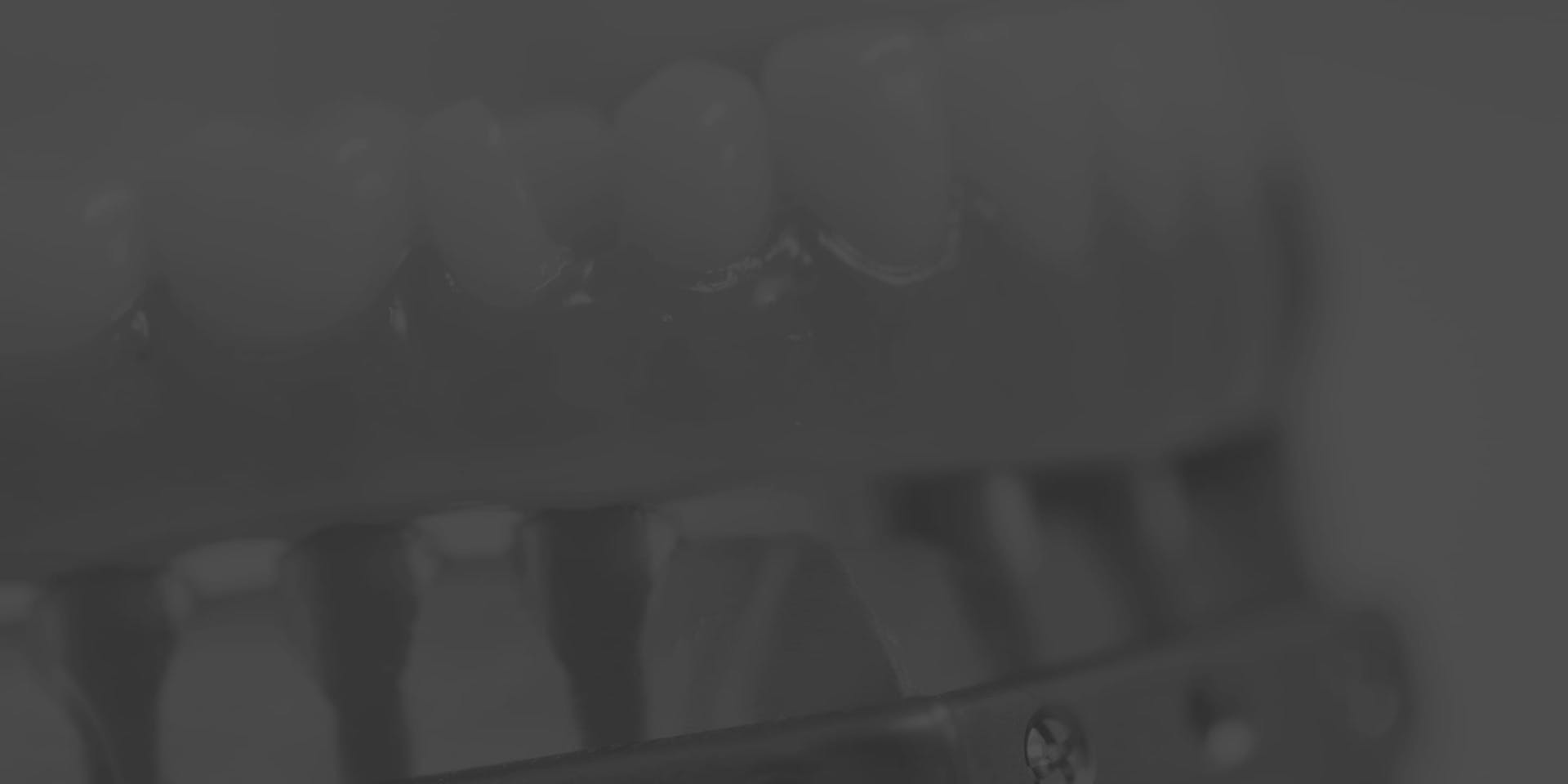Scar revision offers a range of surgical and non-surgical solutions that can improve the appearance and texture of scars, helping individuals regain smoother skin and greater comfort.
Understanding Scar Formation
Scars develop when the skin repairs wounds caused by injury, surgery, or other factors that damage the skin’s deeper layers. Its formation can be influenced by the depth and size of the wound, its location on the body, genetics, and how well the wound heals.
- Hypertrophic scars are raised, thick scars that remain within the boundary of the original injury.
- Keloid scars are more aggressive than hypertrophic scars and can grow beyond the boundaries of the original wound. They can be itchy, painful, and cosmetically undesirable.
- Contracture scars form when the skin tightens due to a severe burn or injury. They can limit movement, especially if they occur near joints.
- Atrophic scars are depressed or indented and result from conditions like acne or chickenpox. These scars can cause uneven skin texture.
Each type of scar requires a different treatment approach. Regardless of the scar’s type, Dr. Quimby’s goal is to provide patients with a treatment plan that reduces the scar’s appearance while improving skin function and mobility.





